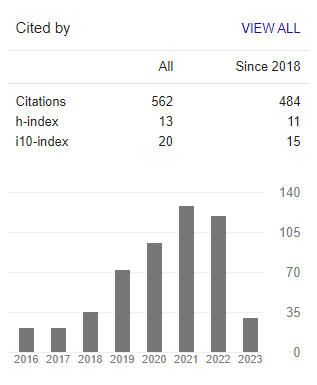THE NEW MEDIA AND ISLAM: COMMUNICATION CHARACTERISTICS AND DYNAMICS
Abstract
The latest communication technology had always played a critical role in the success of many revolutionary actions, as have been shown ever since the 15th Century’s European Renaissance. It was to be expected, therefore, that the use of powerful digital technology and the new social media, would be even more decisive in achieving victory in the latest string of revolutions and mass protest movements. This was known as the Arab Spring due to its success to toppled the authoritarian regimes of the Middle Eastern Muslim region, but also as the Facebook, the Twitter, or the Blogging revolutions to indicate the main social media and technology in use. The social media was considered so powerful as an instrument of protest that the “Arab Spring model” was adopted by the Occupy movements in the US and elsewhere in the Western world, also in China. An examination of the dynamics that come into play in the revolutions, however, conclude that the success are not may not be the results of the new media only but also of other factors: global links, cyber warfare, political communication, foreign interests (e.g. US drones attack against Khadafi) Nevertheless, it bring real social advantages for the Muslim world.
Keywords: Arab Spring, new social media, communication revolutions.
Refbacks
- There are currently no refbacks.

This work is licensed under a Creative Commons Attribution 3.0 License.
Indexed by:
Archived in:
Listed in:
INTERNATIONAL ASSOCIATION FOR MEDIA AND COMMUNICATION RESEARCH

















